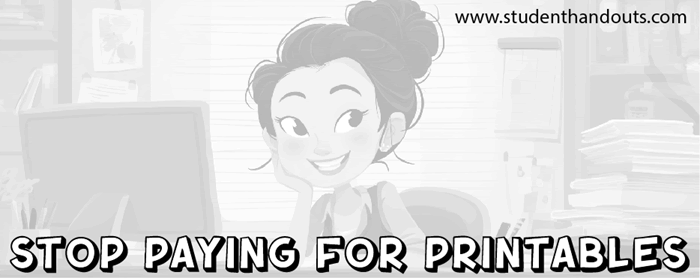Implementing a variety of miscellaneous educational materials in the classroom can significantly enrich your high school World History students' understanding of the collapse of imperialism. Beyond textbooks, using primary sources such as speeches from independence leaders, colonial-era propaganda, political cartoons, and letters from resistance movements gives students firsthand insight into the motivations, struggles, and outcomes of decolonization. These materials provide varied viewpoints—from colonizers to the colonized—encouraging students to think critically about power, identity, and resistance.
Photographs, newsreels, and documentary clips bring key moments—like Gandhi's nonviolent protests, the Algerian War for independence, or the partition of India—to life. Maps showing shifting national borders help students visualize the global scope of decolonization. Timelines and graphic organizers help them track the sequence of independence movements across Africa, Asia, and the Middle East.
Using these resources together fosters historical empathy, supports diverse learning styles, and promotes deeper understanding. It also helps students grasp the long-term effects of imperialism and the challenges new nations faced after gaining independence.
|












